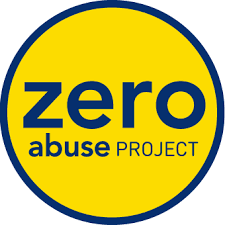Increased Risks for LGBTQIA2S+ Youth
Transgender and nonbinary youth experience higher rates of childhood sexual abuse than cisgender children (15-34 percent for transgender and nonbinary youth, compared to 4.8 percent of the general population). Furthermore, compared to their cisgender counterparts, trans and nonbinary youth report lower levels of life satisfaction and are three times more likely to use illegal drugs, three times more likely to engage in unprotected sexual behaviors, six times more likely to experience mental illness or mental health problems, and eight times more likely to attempt suicide. In a survey of more than 12,000 LGBTQ youth ages 13-17, 11 percent reported having been sexually attacked or raped because of their actual or assumed LGBT identity; 77 percent reported receiving unwanted sexual comments, jokes, or gestures in the past year; and 20 percent reported being forced to do sexual things they did not want to do in the past year.
LGBTQIA2S+ youth face homelessness, out-of-home placement, and parental abandonment at disproportionately higher rates than non-LGBTQIA2S+ youth: 28 percent of LGBTQIA2S+ youth have reported housing instability or homelessness at some point in their youth; 55 percent of LGBTQIA2S+ runaways reported running away due to fear or mistreatment related to their LGBTQIA2S+ identity; and 40 percent of LGBTQIA2S+ youth who faced parental abandonment reported being kicked out of their home due to their LGBTQIA2S+ identity. Tensions between LGBTQIA2S+ youth and their families have been further exacerbated by the COVID-19 pandemic. Additionally, when LGBTQIA2S+ youth require out-of-home placement, a lack of identity-affirming placements means LGBTQIA2S+ children are often placed in congregate-care settings. Studies find that LGBTQIA2S+ youth average 6.35 placements before reaching permanency, nearly double that of non-LGBTQIA2S+ children.
In addition to homophobia and transphobia, LGBTQIA2S+ youth of color encounter racism and discrimination, sometimes on a daily basis. LGBTQIA2S+ youth of color often experience increased systemic oppression and bias related to their multiple, intersecting identities, compounding stress and negative effects on their health and wellbeing. These forms of oppression and discrimination can further complicate their ability to express, explore, and navigate their LGBTQIA2S+ identity.

